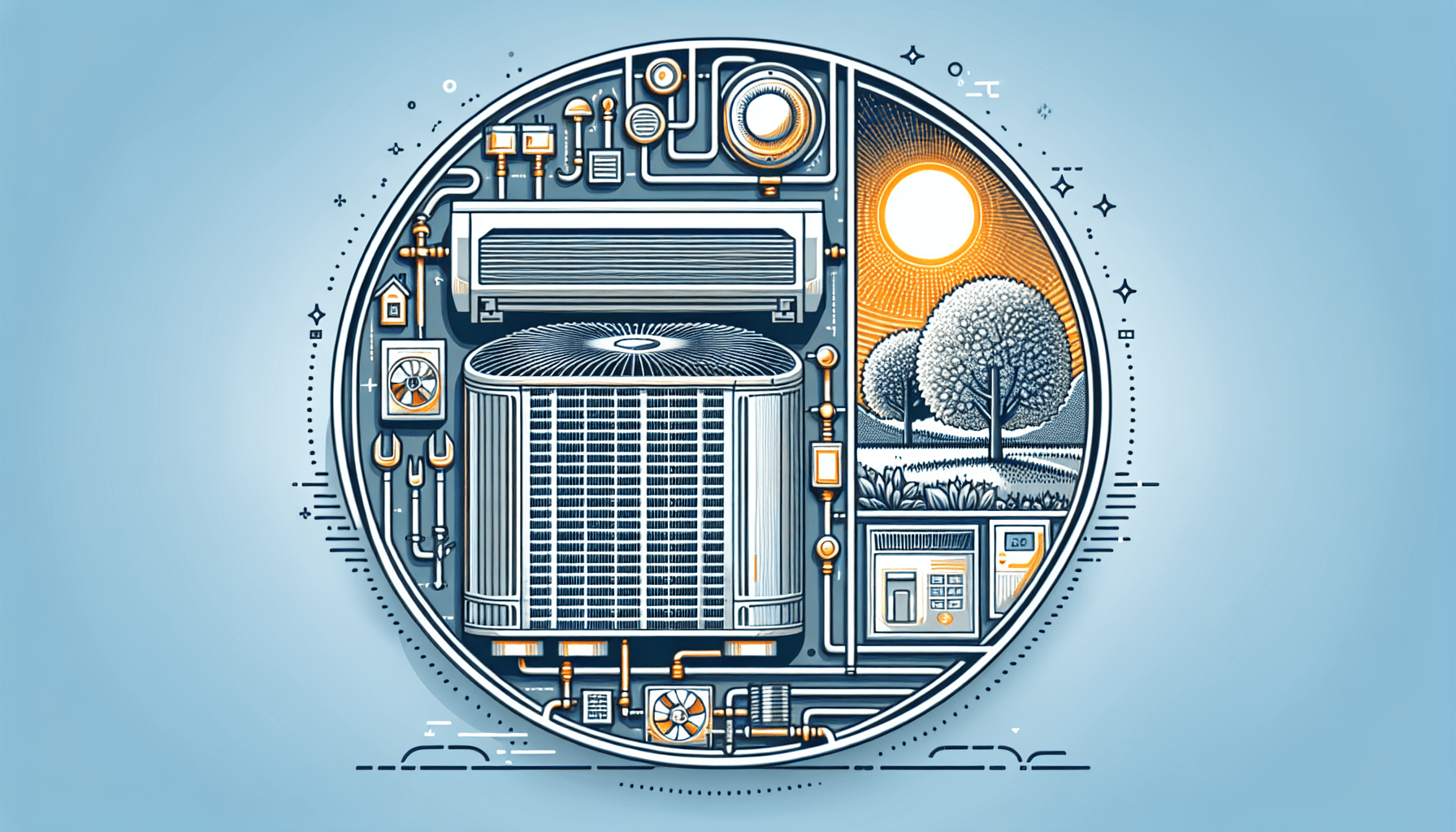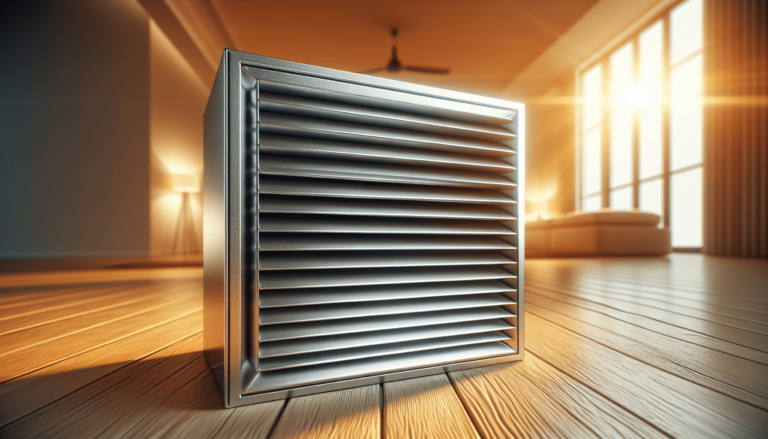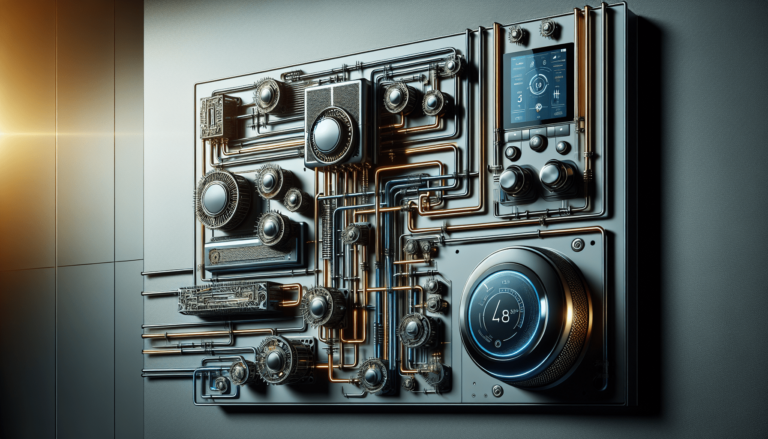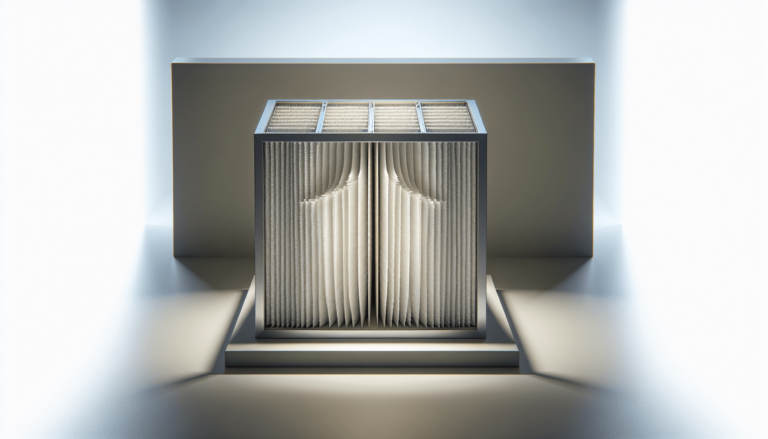

HVAC Services
Get Professional Repairs From The Area's Trusted HVAC Technicians. Ask About Our Services! We Offer Professional Heating & Cooling System Repairs And Guarantee Long-Lasting Results.
Got Question? Call us: (850) 678-2665Financing
Common HVAC Installation Mistakes To Avoid
Discover the common HVAC installation mistakes to avoid for a cozy, energy-efficient home. Learn how to prevent oversized units, ductwork errors, and more.

Have you ever wondered why your home never seems to reach that perfect temperature, no matter how often you adjust the thermostat? It might not just be due to faulty equipment but rather mistakes made during the installation of your HVAC system. Having a properly installed HVAC system is crucial for ensuring that your home remains comfortable and energy-efficient.
The Importance of Proper HVAC Installation
Before diving into the common mistakes, it’s vital to understand why precise HVAC installation is so crucial. A properly installed HVAC system ensures that your home reaches optimal comfort levels and operates efficiently. When mistakes happen, you may find yourself dealing with issues ranging from increased energy bills to an uncomfortable living environment.
Efficient Energy Use
One significant benefit of proper installation is energy efficiency. When an HVAC system is installed correctly, it uses the least amount of energy necessary to maintain desired temperature levels.
Prolonged System Lifespan
Correct installation can also extend the life of your HVAC system. Missteps in the installation process can cause premature wear and tear, leading you to replace the system sooner than expected.
Mistake 1: Wrong Size of Unit
Choosing the wrong size HVAC unit is one of the most common mistakes. Bigger isn’t always better, and smaller doesn’t mean more efficient.
Oversized Units
If your HVAC system is too large, it will cool or heat your home quickly but won’t run long enough to properly dehumidify the space. This could lead to a clammy, uncomfortable environment. The short cycling also wastes energy and puts extra strain on the unit.
Undersized Units
Conversely, if the unit is too small, it will run continuously in an attempt to reach the desired temperature, resulting in higher energy consumption and reduced lifespan of the system.

Mistake 2: Poor Ductwork Design and Installation
Ductwork is essentially the veins and arteries of your HVAC system. Poor design and installation can undermine the entire system’s efficiency.
Inadequate Planning
Improper ductwork planning can result in air leaks and inefficient airflow. It’s essential to design a ductwork system that can deliver air evenly throughout your home.
Sealing and Insulation
Failure to adequately seal and insulate ducts can lead to significant energy loss, affecting both system performance and your energy bill. Make sure all joints and seams are properly sealed.
Mistake 3: Inaccurate Thermostat Placement
Your thermostat acts as the control center for your HVAC system, and its placement can have a significant impact on overall performance.
Avoiding Heat Sources
Placing the thermostat near heat sources like windows, doors, or kitchens can cause false readings, making your system run more than it should. Choose a central location, away from direct sunlight and away from drafty areas.
Height Considerations
Installing the thermostat too high or too low can lead to inaccurate temperature readings. Aim to place it about five feet above the ground for the best performance.

Mistake 4: Ignoring Manufacturer Instructions
Every HVAC unit comes with detailed manufacturer instructions that should be followed carefully.
Skipping Vital Steps
Ignoring or skimming through these steps can result in installation errors that can affect the unit’s performance and void the warranty. Follow the guidelines meticulously.
Custom Adjustments
Sometimes, installers may feel tempted to make “custom” adjustments. While this might seem like a good idea, it’s essential to adhere to manufacturer specifications to ensure optimal operation.
Mistake 5: Poor Ventilation
Ventilation is as important as any other aspect of your HVAC system. Without proper ventilation, you risk poor indoor air quality and system inefficiency.
Blocked Vents
Ensure that furniture, curtains, or other obstructions do not cover vents. Blocked vents can restrict airflow and force your system to work harder, increasing wear and tear.
Inadequate Exhaust
Proper ventilation includes expelling stale air efficiently. Make sure that exhaust fans and air filters are always clean and functional.
Mistake 6: Neglecting Routine Maintenance
Installation is only the beginning; routine maintenance keeps your HVAC system running efficiently.
Changing Filters
One of the simplest yet often neglected maintenance tasks is changing air filters. Clogged filters can reduce airflow and make the system work harder.
Regular Inspections
Routine inspections by professionals can identify potential issues before they become significant problems. Always schedule annual inspections to keep your system in optimal condition.
Mistake 7: Improper Electrical Connections
Electrical issues can result in an array of problems, from system inefficiency to hazards like fires.
Wiring Errors
Incorrect wiring can lead to malfunctioning units and increased energy consumption. Always ensure that electrical work is carried out by qualified professionals.
Grounding
Improper grounding can pose significant safety risks. Make sure your HVAC system is correctly grounded to prevent electrical shocks and fires.
Mistake 8: Wrong Refrigerant Levels
Refrigerant is crucial for the proper cooling of your home. Incorrect levels can significantly impact system performance.
Overcharging
Adding too much refrigerant can be as detrimental as too little. It can lead to high pressure within the system, causing the compressor to fail.
Undercharging
Too little refrigerant can cause the system to freeze up and fail to cool your home effectively. Always ensure the refrigerant levels are neither too high nor too low.
Mistake 9: Skipping System Test
Once installed, your HVAC system should undergo a thorough test to ensure everything works correctly.
Lack of Testing
Some installers may skip this step, assuming everything is fine. Skipping the test phase can leave hidden issues unchecked, leading to bigger problems down the line.
Performance Verification
Proper testing involves checking thermostat accuracy, airflow, and system cycle times. Conduct these tests to identify any abnormalities before they turn into significant issues.
Mistake 10: Overlooking Code Compliance
Local building codes are there for a reason. Failing to comply with them can result in fines and safety risks.
Understanding Requirements
Ensure that you or your installer is familiar with local building codes. Compliance is mandatory for safety and legality.
Regular Updates
Building codes may change, so it’s essential to stay updated with any modifications.
Conclusion
Taking the time to ensure your HVAC system is installed correctly can save you money, time, and a lot of headaches in the long run. Avoid these common mistakes to maximize the efficiency and lifespan of your system. When in doubt, always consult seasoned professionals who understand the intricacies involved in HVAC installation. Should you need expert advice or services, Tempacure Heating and Air Conditioning in Niceville, FL, stands ready to assist you.
Tempacure Heating and Air Conditioning
325 Cedar Ave S, Suite B
Niceville, FL 32578
(850) 678-2665
Visit Tempacure’s Website







